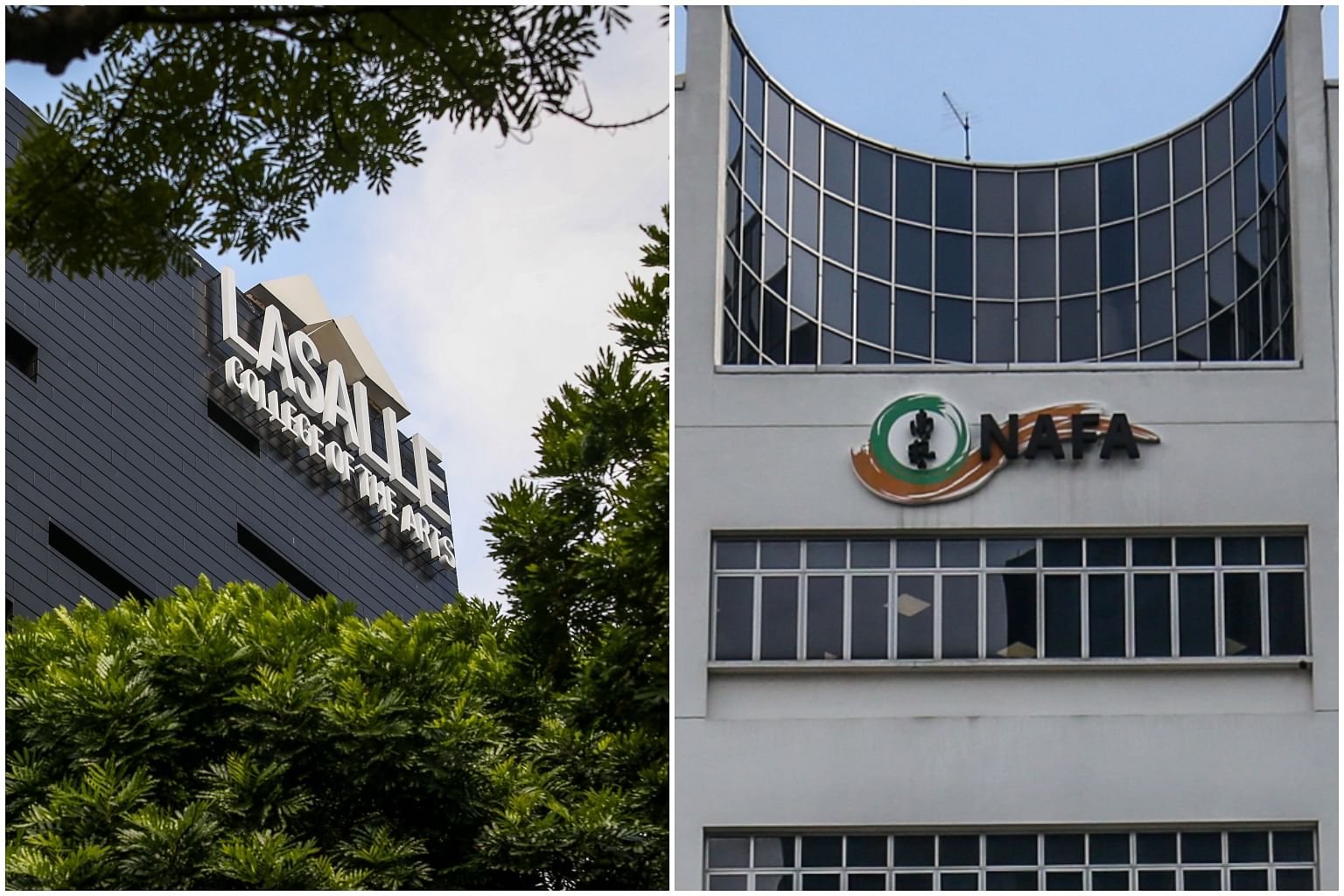Plans to set up Singapore’s first public arts university, announced in March last year, are slowly taking shape. But what would such a university look like, and what kind of courses would it offer? The Straits Times speaks to Singaporean artists and arts educators to put together a wish list of what they would like to see when the university opens in 2025.
Wish list
1. Best of talent

The new university must attract academic and artistic talent from overseas as well as keep Singaporean talent here.
For the longest time, Singapore has sent people overseas to study the arts, said painter Ong Kim Seng, 76.
The new university should find ways to keep them and nurture them here, he urged. "It should follow on from the general arts education that the School of the Arts is giving at a lower level."
Former NMP for the arts Terence Ho, 53, added: "It should be open to the best academic and artistic talent in the world and find a way to attract them to Singapore so that it can be a regional or even world leader in the arts and arts education."
2. Space for all

The school must make space for Singapore's artistic heritage as a place where the arts from the East and the West have mixed, as well as for indigenous and regional art forms. It should include fringe and experimental art.
"As someone who has worked as an artist in Singapore for the last 40 years, I know that things like Batik, Chinese calligraphy, Islamic calligraphy, ceramics, performance art as well as fringe and experimental practices are a huge component of what local arts is about," said co-founder and director at The Intercultural Theatre Institute T. Sasitharan, 64.
3. Artistic freedom

The new university should also protect artistic freedoms and give students space to experiment.
"When we put on plays outside, we need to seek clearance and a permit from the Infocomm Media Development Authority," said playwright and poet Alfian Sa'at.
"At the moment, this is not necessary at Nafa and Lasalle. This must continue."
4. A Singapore icon

The combined college must become a hub for the arts community, as well as the students and alumni to showcase their work and to connect, and be an icon for Singapore.
It should bridge conversations, establish fundamentals and carve spaces to support ground-up story-tellers of all kinds, declared lecturer and visual artist Chen Yanyun.
The 36-year-old added: "Arts education in Singapore here has to define its own rigour, and acknowledge all the players which support its development.
"The artist, curator, arts manager, accounts manager, engineer, technician, collector, critic, etc., are all important to the ecosystem in the arts university."
Artists can be self-taught, as opposed to other professions notes Alfian, 44. "That said, going to school is also about building networks and professions, and having a sense of who your peers are."
5. World class

The school should build world-class facilities to grow vocational skills as well as interdisciplinary ones, and move the industry forward.
Larger studios and more skill-based learning as well as cross-disciplinary learning are what Lasalle graduate Diva Agar hopes to see.
"As a student in fine arts, I would have liked to have maybe learnt from theatre technicians," said the 30-year-old visual artist.
Nafa student Siti Faqihah echoed the need for industry attachments in Singapore, while also calling for the developing of expertise in areas such as dramaturgy that are not well represented here.
The 22-year-old added that the university "should also work to cultivate graduates not just to plug into roles at existing companies, but to grow the industry as a whole with opportunities at all levels".


